Recommendation Letter Template for Various Purposes
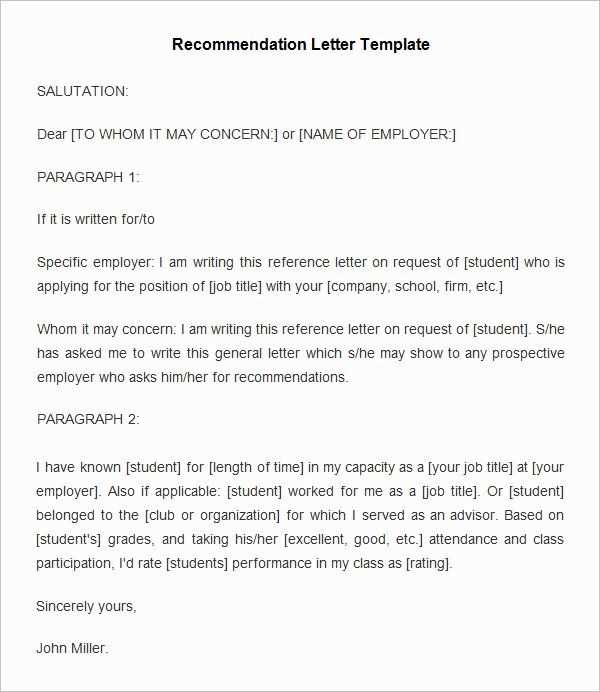
When seeking to support someone’s application or provide a formal endorsement, crafting a well-structured and persuasive document is essential. This type of written support plays a significant role in highlighting the strengths and qualifications of an individual. The key is to present a clear and compelling case, demonstrating their value and suitability for a particular opportunity.
To achieve this, it’s important to follow a coherent framework that ensures all relevant details are included. A carefully designed structure helps maintain focus, while also allowing flexibility for personalization. By following a few fundamental guidelines, you can create a document that resonates with the recipient and effectively conveys the individual’s capabilities.
In this guide, you’ll learn how to construct a solid endorsement. This includes tips on what to emphasize, how to customize the content based on the person’s achievements, and how to avoid common pitfalls that could weaken the message.
Why Use a Recommendation Letter Template
Having a pre-structured document for endorsing someone’s abilities and qualifications can significantly simplify the writing process. It provides a solid foundation, ensuring that key points are not overlooked and the message is delivered effectively. This approach saves time and ensures consistency, particularly when crafting similar documents for multiple individuals or purposes.
By following a predefined format, you can focus on personalizing the content rather than worrying about how to structure each sentence. It also reduces the likelihood of leaving out important information, making sure the endorsement is clear, professional, and comprehensive. Using a set format allows for flexibility while maintaining a consistent tone throughout the message.
Key Components of a Strong Reference Letter
When crafting a supportive document, certain elements are crucial to ensure its impact. These components work together to create a persuasive and professional endorsement. Each section must serve a specific purpose, contributing to the overall effectiveness of the message.
Below are the main elements that should be included to make the document compelling:
| Component | Description |
|---|---|
| Introduction | Briefly introduce yourself and your relationship to the individual. This helps establish credibility and context. |
| Skills and Qualities | Highlight the key attributes and strengths of the person, focusing on those relevant to the opportunity at hand. |
| Specific Examples | Provide concrete instances of achievements or behavior that showcase the individual’s abilities and character. |
| Closing Statement | Reaffirm your endorsement and express confidence in their suitability for the position or program. |
How to Personalize a Recommendation Template
Customizing an endorsement document to suit the individual and the purpose it serves is crucial for making a genuine impact. A well-tailored message highlights the person’s unique qualities and ensures relevance to the specific opportunity or position. Personalization allows the document to stand out and reflect the true potential of the individual being supported.
Focus on Relevant Strengths
Start by identifying the person’s key strengths that are most pertinent to the situation. Whether they are applying for a job or a scholarship, emphasize qualities that directly align with the requirements. Showcase their abilities through specific examples that demonstrate their success in relevant contexts.
Adapt Tone and Language
Adjust the tone of your writing based on the nature of the application. For formal professional settings, maintain a polished and respectful tone. On the other hand, for academic or personal applications, a warmer and more personal approach may be appropriate. Match the language to the situation to make the document feel authentic and tailored to the individual’s needs.
Common Mistakes to Avoid in Letters
When creating a formal endorsement, several common errors can undermine the impact of your message. Avoiding these mistakes ensures your document remains professional and effective, reinforcing the individual’s qualifications rather than detracting from them. Precision, clarity, and authenticity are key to crafting a compelling endorsement.
Overly Generic Content
One of the most common mistakes is using vague or generic statements that lack detail. Instead of simply stating that someone is “good at their job,” provide specific examples of their achievements and strengths. This makes the endorsement more credible and relatable.
Failing to Align with the Purpose
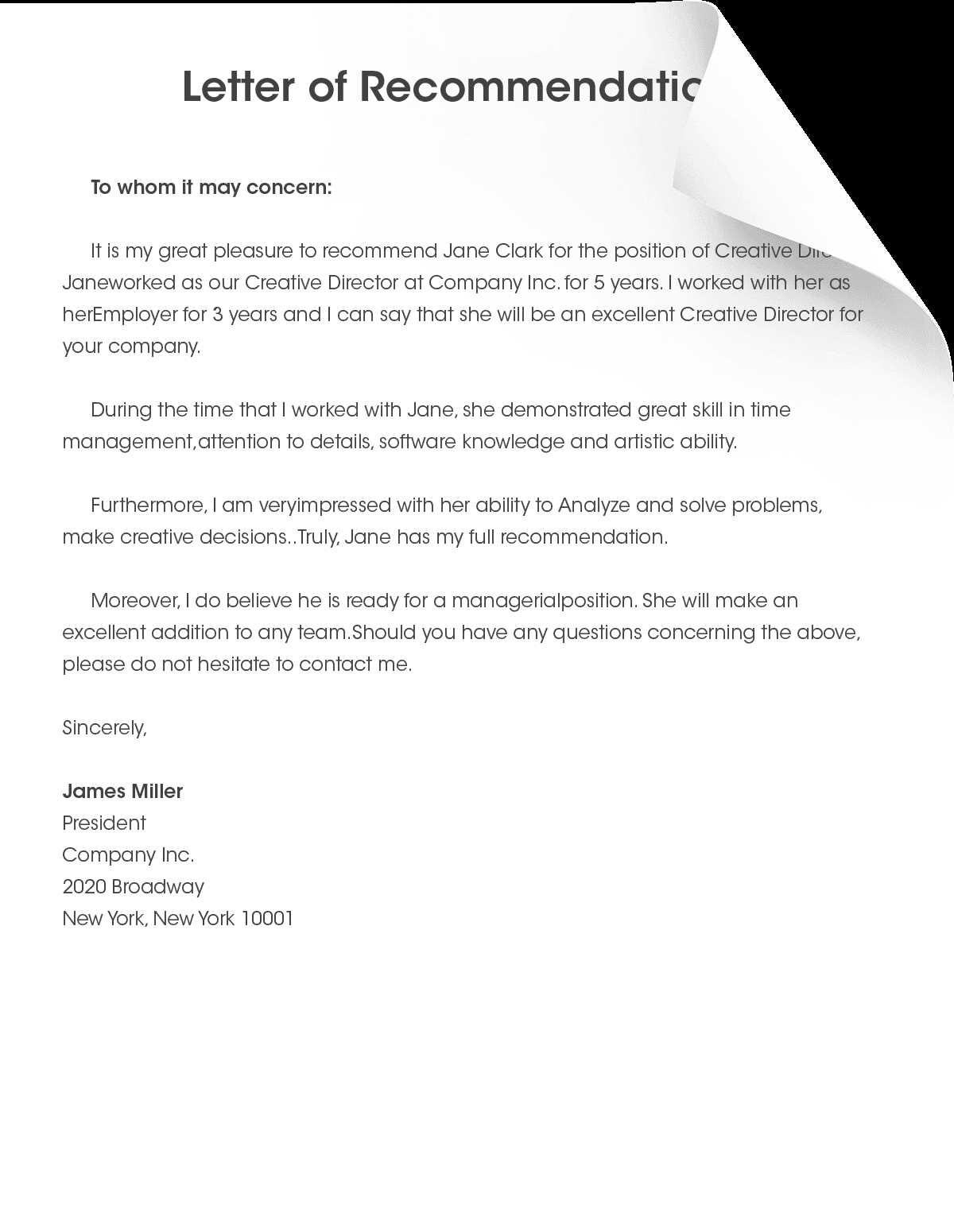
Another error is not tailoring the message to the specific opportunity. If the endorsement is for a particular job or program, make sure to highlight qualities and experiences relevant to that role. Failing to connect the person’s skills to the specific requirements can weaken the document’s effectiveness.
Best Practices for Writing Effective Letters
To craft a powerful endorsement, it’s essential to follow best practices that ensure the document is clear, impactful, and professional. A well-written message can make a significant difference in conveying the individual’s potential and suitability for the opportunity. By adhering to these guidelines, you can enhance the effectiveness of your support.
Maintain a Clear Structure
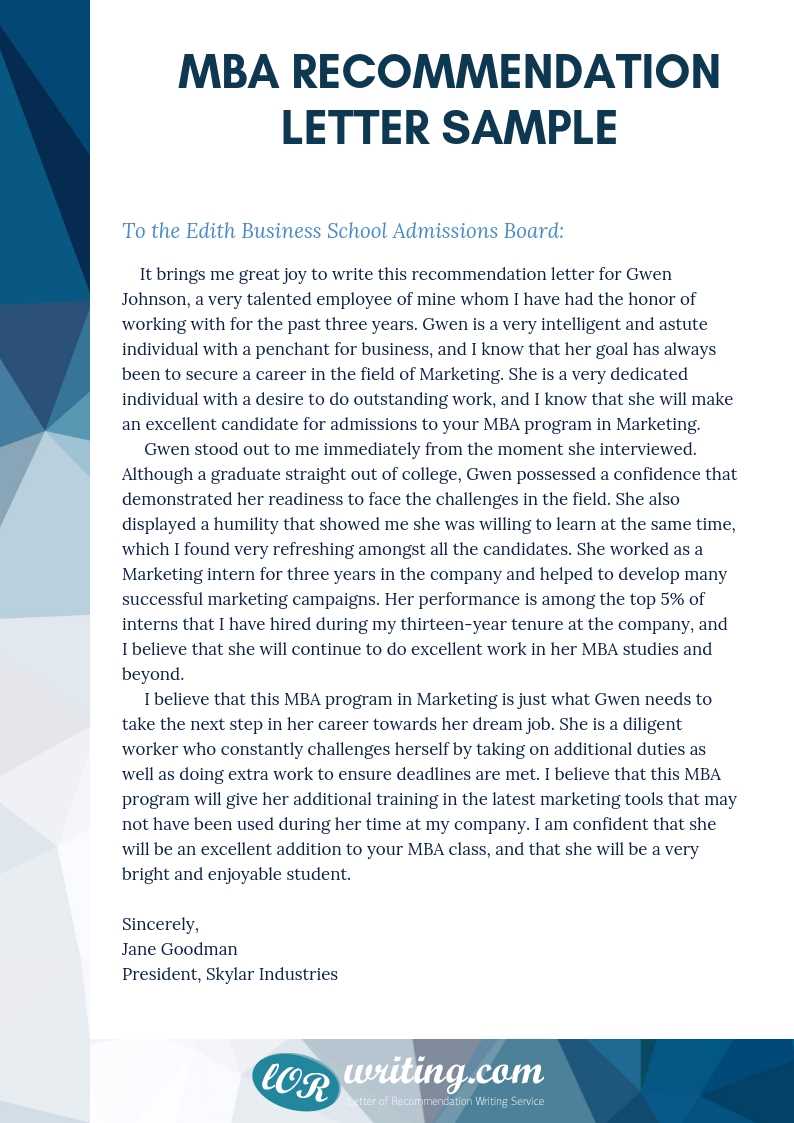
Organizing the content logically helps convey the message clearly and allows the reader to easily follow your thoughts. Consider using the following structure:
- Introduction: Introduce yourself and explain your relationship to the person.
- Skills and Qualities: Focus on the individual’s strengths relevant to the opportunity.
- Specific Examples: Include concrete instances that highlight their abilities.
- Conclusion: Reaffirm your endorsement and offer contact information if needed.
Be Specific and Detailed
Provide specific examples that demonstrate the person’s skills. Avoid general phrases and focus on clear, tangible achievements that illustrate their qualities in action. This will give weight to your endorsement and make it more credible.
How to Tailor Letters for Different Situations
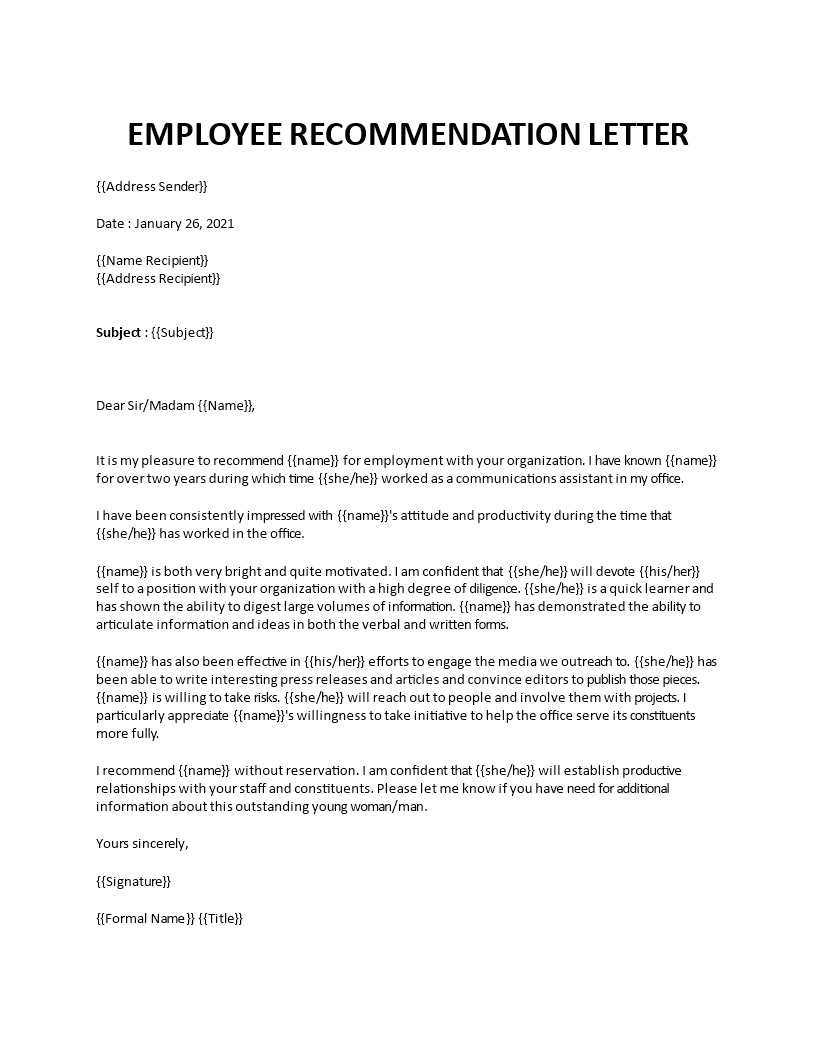
Each endorsement should be customized to match the specific circumstances and purpose it serves. By adjusting the focus, tone, and examples to align with the context, you can create a more compelling and relevant message. Understanding the situation allows you to highlight the individual’s most applicable strengths, ensuring the letter resonates with the reader.
Adjusting Tone for Formal or Informal Contexts
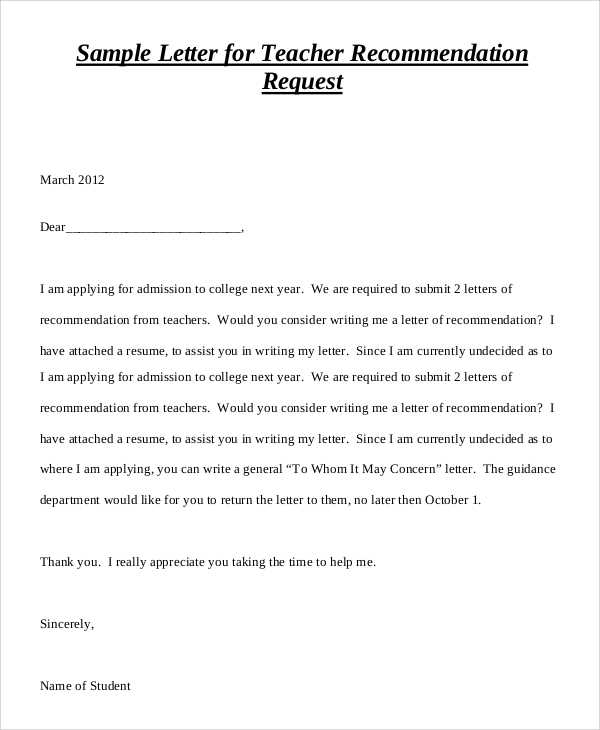
In formal settings, such as job applications or academic admissions, the language should be respectful, professional, and concise. For less formal situations, such as community recommendations or personal referrals, a warmer and more conversational tone can be appropriate. Tailor the tone to suit the expectations of the reader, ensuring it aligns with the situation.
Focusing on Relevant Skills and Achievements
The individual’s strengths should be emphasized differently depending on the specific opportunity. If the recommendation is for a job, focus on skills that relate to the position’s responsibilities. For academic applications, highlight achievements that showcase the person’s potential for success in a learning environment. Always align the content with what matters most to the recipient.